DBDP collaboration Cu@PAF-45-COOH experimental study on catalytic degradation of chloramphenicol in water
DOI: 10.23977/analc.2024.030103 | Downloads: 26 | Views: 1615
Author(s)
Huang Jun 1
Affiliation(s)
1 Hefei University, Hefei, Anhui, 230009, China
Corresponding Author
Huang JunABSTRACT
Antibiotics, as a new type of pollution, have received much attention in recent years. However, there is currently an incomplete analysis of its environmental hazard mechanism, mechanism of action, and governance measures. This study takes chloramphenicol as the research object and uses dielectric barrier discharge plasma technology to investigate the degradation effect under different discharge voltage, air carrier gas flow rate, and initial concentration of chloramphenicol. The quantitative relationship between them is explored, and the degradation path and degradation products are studied. The main results of this study are as follows: when other parameters are controlled to be consistent, the discharge voltage and carrier gas (air) flow rate of the system are positively correlated with the degradation rate of CAP, while the initial concentration of CAP is negatively correlated with the degradation rate. The degradation rate of chloramphenicol in water after 100 minutes of removal alone is 92.26%; Through characterization analysis, it can be concluded that PAF-45 has a significant high surface area and complex pore structure, which is load coupled Cu@PAF-45-COOH On the basis of developed PAF-45 pores, it overcomes the defects of aromatic main chains and increases the adsorption ability of active particles such as CAP particles and superoxide radicals; Exploring through synergistic catalysis, it was found that the removal rate of CAP is related to PAF-45 Cu@PAF-45-COOH There is a positive correlation between the dosage. By comparison, it was found that the removal rate of DBDP in collaboration with PAF-45 system increased by 24.39%; DBDP Collaboration Cu@PAF-45-COOH The removal rate of the system is about 30% and 10% higher than that of the first two; Based on the analysis of LC-MS detection results, it is believed that the main sites for the structural damage of chloramphenicol are the amide group and the benzene ring. Roughly, the oxidation of the carboxyl group on the benzene ring of chloramphenicol causes the C-Cl bond to break, leading to the dechlorination of the chloramphenicol structure and the removal of biological toxicity; The obtained product undergoes a series of nitro reduction processes such as denitrification and deoxidation, further breaking and finally oxidizing and ring opening degradation to obtain particles such as H2O, CO32-, NO3-, Cl -.
KEYWORDS
DBDP; Collaborative catalysis; Cu@PAF-45-COOH; Chloramphenicol; Load couplingCITE THIS PAPER
Huang Jun, DBDP collaboration Cu@PAF-45-COOH experimental study on catalytic degradation of chloramphenicol in water . Analytical Chemistry: A Journal (2024) Vol. 3: 11-19. DOI: http://dx.doi.org/10.23977/analc.2024.030103.
REFERENCES
[1] Wolfgang Wohlleben, Yvonne Mast, Evi Stegmann and Nadine Ziemert. Antibiotic drug discovery[J]. Microbial biotechnology, 2016, 10(1111): 1751-7915.
[2] Luo Yu, Huang Bin, Jin Yu, Zhang Wanglong, Zhan Juhong, Cai Qian, Ding Yiran, Zhao Tingting, Li Qiang. Research progress on the treatment methods of antibiotics in wastewater [J]. Chemical Progress, 2014, 09: 2471-2477.
[3] Liu J, Cao S, Tu X, et al. A system atic reviewof antibiotic utilization in China[J]. Jounal of Antim icrobial Chem otherapy. 2013, 68 (11): 2445-2452.
[4] Wang Dan, Sui Qian, Zhao Wentao. Research progress on drugs and personal care in surface water environments in China [J]. Science Bulletin, 2014, 59 (9): 743-751.
[5] Xie Z, Tu S, Shah F, et al. Substituti on offertilizer-N by green manure in proves the sustainab ility of yield in double rice cropping system in south China [J]. Field Crops R esearch, 2016, 188: 142-149.
[6] Boeckel T P, V an, Charles B, M arius G, et al. Gobal trends in antimicrobial use in food an in als[J]. Proc N atl A cad Sci USA, 2015, 112(18): 5649-5654.
[7] T Zhang, K Lv, Q Lu, et al. Removal of antibiotic-resistant genes during drinkingwater treatment:Areview[J]. Journal of Environmental Sciences 2021, 04: 415-429.
[8] Wu Yuwei. Preparation of Modified Zero valent Iron and Its Treatment of Wastewater from Tetracycline and Chloramphenicol Antibiotics [D]. Jinan: Shandong University, 2018.
[9] M N Abellan, J Gimenez, S Esplugas, Photocatalytic degradation of antibiotics: The case of sulfamethoxazole and trimethoprim [J]. Catalysis Today, 2009, 144: 131-136.
[10] Jorge Vidal, Cesar Huiliñir, Rocío Santander1, Javier Silva-Agredo, Ricardo A, Torres-Palma, Ricardo Salazar. Degradation of ampicillin antibiotic by electrochemical processes: evaluation of antimicrobial activity of treated water [J]. Environmental Science and Pollution Research, 2019, 26(5): 4404-4414.
[11] Jiang Peigeng. A study on the catalytic reduction of chloramphenicol using loaded nano Cu, Pd, and Fe Co3O4 electrodes [D]. Harbin: Harbin Institute of Technology, 2020.
[12] Shang Kefeng, Wang Meiwei, Lu Na, et al. Discharge and ozone generation characteristics of surface/bulk dielectric barrier discharge devices [J]. High Voltage Technology, 2021, 47 (01): 353-359.
[13] Yu Liqun, Gao Xiang, Deng Chenghang, et al. Spectral diagnosis of temperature characteristics and OH promoted NO oxidation process in DBD discharge [J]. Energy Engineering, 2013, 5:29-35.
[14] Ye Chaobing. Study on the Degradation of Paracetamol by Dielectric Barrier Discharge Plasma Activated Persulfate [D]. Hefei: Hefei University of Technology, 2021.
| Downloads: | 1411 |
|---|---|
| Visits: | 83521 |
Sponsors, Associates, and Links
-
Forging and Forming

-
Composites and Nano Engineering
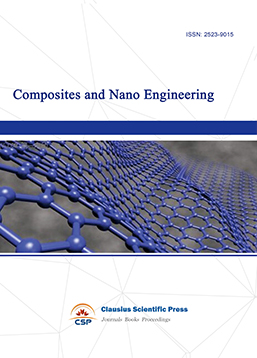
-
Journal of Materials, Processing and Design
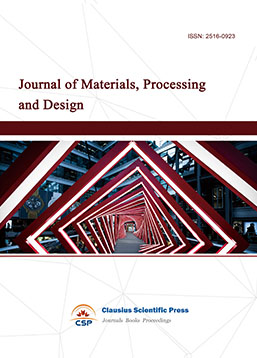
-
Metallic foams
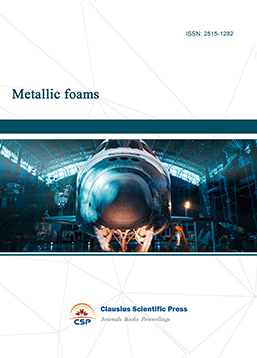
-
Smart Structures, Materials and Systems

-
Chemistry and Physics of Polymers
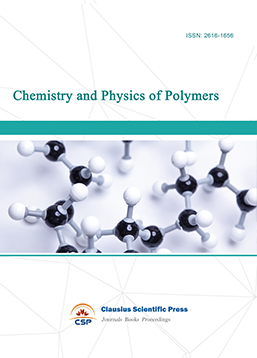
-
Modern Physical Chemistry Research
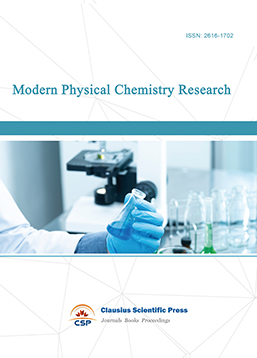
-
Inorganic Chemistry: A Journal

-
Organic Chemistry: A Journal
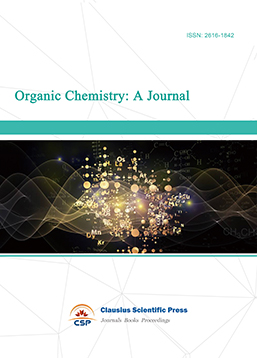
-
Progress in Materials Chemistry and Physics

-
Transactions on Industrial Catalysis
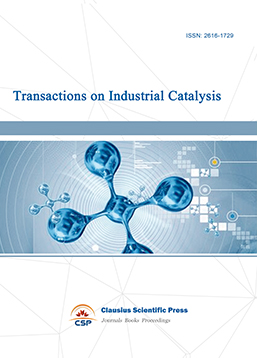
-
Fuels and Combustion

-
Casting, Welding and Solidification
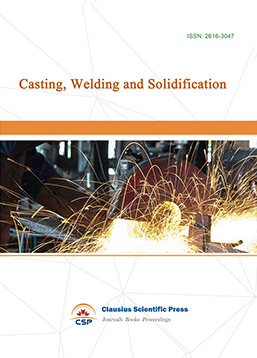
-
Journal of Membrane Technology
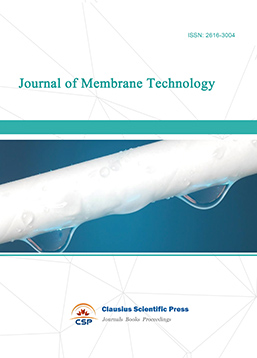
-
Journal of Heat Treatment and Surface Engineering
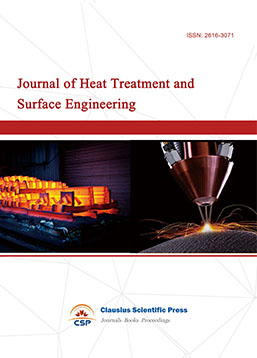
-
Trends in Biochemical Engineering

-
Ceramic and Glass Technology

-
Transactions on Metals and Alloys
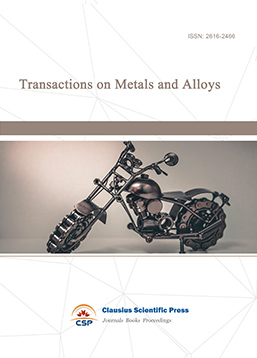
-
High Performance Structures and Materials
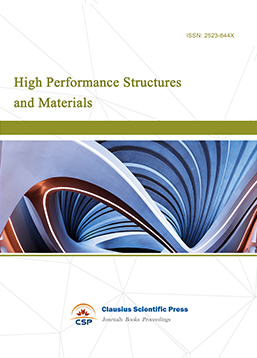
-
Rheology Letters

-
Plasticity Frontiers

-
Corrosion and Wear of Materials

-
Fluids, Heat and Mass Transfer

-
International Journal of Geochemistry
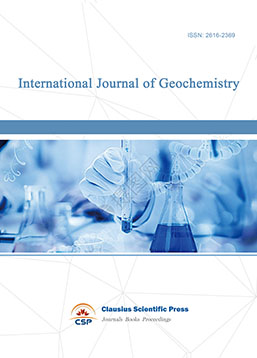
-
Diamond and Carbon Materials
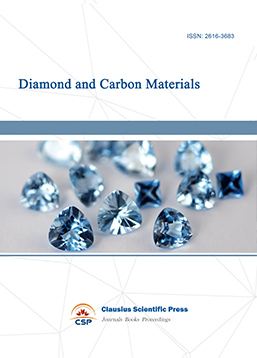
-
Advances in Magnetism and Magnetic Materials
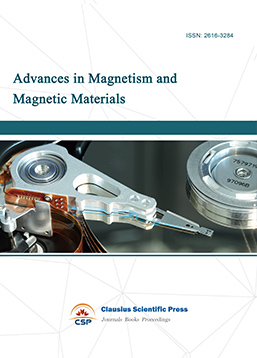
-
Advances in Fuel Cell

-
Journal of Biomaterials and Biomechanics
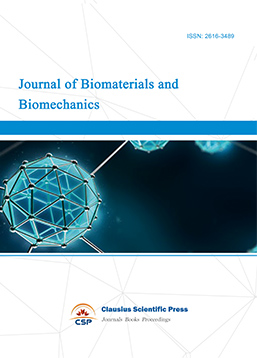

 Download as PDF
Download as PDF